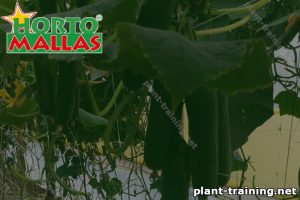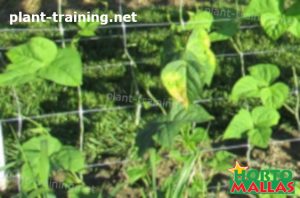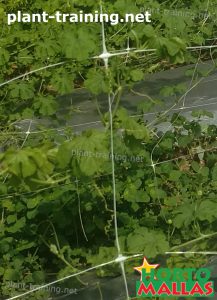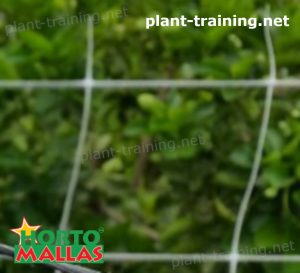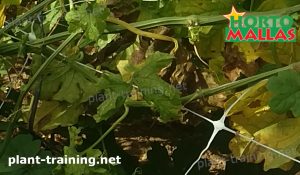Plants for trellis are vining plants that are capable of making your garden beautiful. You can transform your garden using flashy flowering climbing plants that attract butterflies and other insects that pollinate the garden plants for more productivity.
Vining plants for trellis are not difficult to tend to. They add beauty and fragrance to the garden, creating an appealing outlook for your space. As they climb, you can tutor plants for trellis to manage your garden space. Adopting a trellis also helps in handling pests and experiencing better harvest because yields are not covered by foliage.
Here are five amazing plants for trellis to plant in the garden
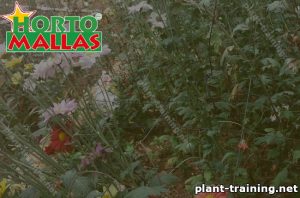
Peas and Beans
Beans and peas are climbing plants. They are ideal plants for trellis as their tendrils fastened to the trellis structure easily. Beans are plant for trellis that can be tutored with fragile wire, cord or netting. In consideration of pea plants for trellis, select snow peas, edible-pod or different varieties of pea plants that make longer vines. Also, you can trellis scarlet runner beans because they produce beautiful flowers. Pole bean plants are highly recommended plants for trellis because they grow very well when grown vertically.
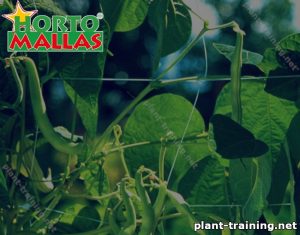
Tomatoes
Tomatoes usually bear heavy fruits, making it essential that you adopt very strong support for the tomato plants when trellising them. Furthermore, it is essential that you apply twine or wire to the branches and stems of the trellis structure to effective trellis. When you trellis tomatoes, you maximize the yield from the plant because its fruits will not rot as a result of touching the ground. Likewise, trellised tomato plants are usually protected from insect pests and diseases.
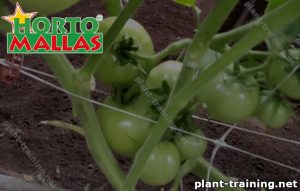
Cobaea Scandens
Cobaea scandens is also called ‘cup and saucer’ plant. This is because it looks like a plant that you can make a cup of tea from. The flowers of the cobaea scandens are beautifully decorated with purple and cream colors. The plant is a good of plant for trellis because it can be easily grown. Cobaea scandens enhances the garden with its colorful and scented flowers. It grows fast and is nurtured from seeds.
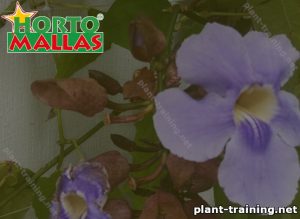
Melons and Squash
Melons and squash are very good plants for trellis. While they take much garden space, melons and squash can be trellised for vertical garden, then nurtured in small garden. Varieties of melon and squash plants that produce big and heavy fruits demand additional support when growing them vertically. You can use items created from nylon cloth, pantyhose or cotton to support the heavy fruits. However, the varieties of melon and squash plants that produce small fruits do not require additional support.
Since tutored melon and squash plants are protected from diseases because they are exposed to ventilation and sunlight, they are ideal plants for trellis.
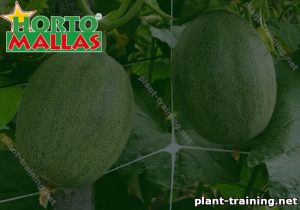
Cucumbers
Cucumber is a popular plant for trellis. It produces better fruits when trellised. Cucumber plants do not demand extra support for trellis apart from the trellis structure. However, you should make provision for a strong trellis framework for proper trellis of the cucumber plant because of its heavy fruit.
You can transform your garden by nurturing vining plants for trellis. They are helpful for productive garden and efficient harvest.
